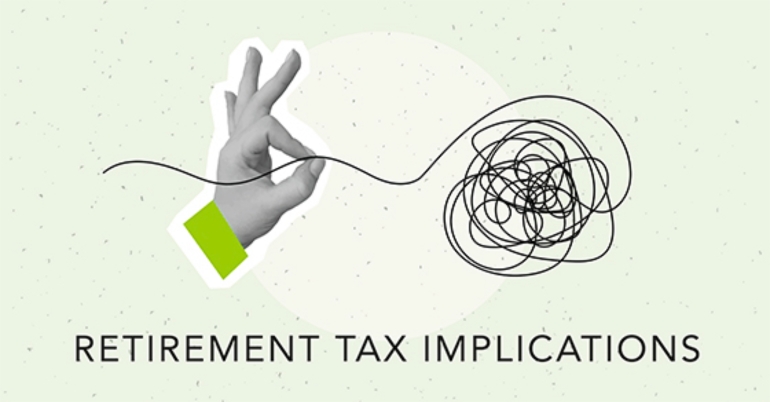How to forecast smarter
Financial forecasting provides a roadmap to guide your organization on the path to success. Forecasts support strategic planning by helping you allocate resources efficiently, manage risks effectively, and optimize capital investments. However, today’s dynamic marketplace is uncharted territory, so you can’t rely solely on historical data. Reliable forecasts also consider external market trends and professional insights. Here are some tips to strengthen your forecasting models and help you avoid common pitfalls.
Determine the optimal approach
What’s the right forecasting method for your situation? The answer depends on several critical factors, including:
Forecast length. Short-term forecasts (that cover a year or less) often rely more heavily on historical data. These plans focus primarily on the organization’s immediate needs. Long-term forecasts require more qualitative inputs to account for uncertainties, such as market disruptions, economic shifts, and changing regulations and consumer behaviors. These plans are essential to support strategic decisions and attract funding from investors and lenders. The longer your forecast period is, the more likely internal and external conditions will change. So, short-term forecasts tend to be more accurate than long-term plans. Long-term forecasts may need to be updated as market conditions evolve.
Stability of demand. Industries with consistent sales patterns may be able to use straightforward historical data analysis. However, those with seasonal and cyclical fluctuations might need to incorporate techniques like time-series decomposition to adjust for peaks and downturns. Companies experiencing unpredictable demand might consider using advanced forecasting software that integrates real-time sales data and external variables to enhance accuracy.
Availability of historical data. Techniques such as exponential smoothing require at least three years of data to generate reliable projections. For businesses launching new products or entering new markets, qualitative forecasting methods that incorporate expert opinions and market research may be more effective.
Business offerings. Companies with a wide range of products and services may prefer simplified forecasting models. Conversely, those with a focused product line can achieve greater accuracy with more complex statistical models.
Relying on just one forecasting model can be problematic. What happens if the forecast model gets things wrong? It may be more prudent to use a combination of approaches tailored to individual products and locations. Considering the results from multiple forecasting approaches can lead to better outcomes, especially when managing inventory levels.
Implement advanced forecasting techniques
Businesses seeking greater forecasting accuracy can implement advanced techniques, such as:
- Time-series analysis, which breaks historical data into trend, seasonal, and cyclical components to better understand patterns,
- Regression models that identify relationships between financial variables to improve prediction accuracy,
- Scenario planning that prepares best-case, worst-case, and expected forecasts,
- Sensitivity analysis that determines which forecasting assumptions have the greatest impact on expected financial outcomes, and
- Rolling forecasts that are continuously updated based on current data to provide greater flexibility and adaptability.
Increasingly, businesses are leveraging artificial intelligence and machine learning to enhance forecasting precision. These technologies analyze large datasets quickly, identify trends, and adjust predictions dynamically based on real-time changes. By integrating AI-driven forecasting tools, businesses can optimize their decision-making and gain a competitive edge.
Seek outside guidance
Financial statements are often the starting point for forecasts. Our accounting and auditing team can help ensure your historical data is accurate and then guide you through the process of developing reliable, market-driven forecasts based on your current needs. From developing realistic assumptions and reliable models to tracking forecast accuracy and updating for market shifts, we’ve got you covered. Contact us for more information.





